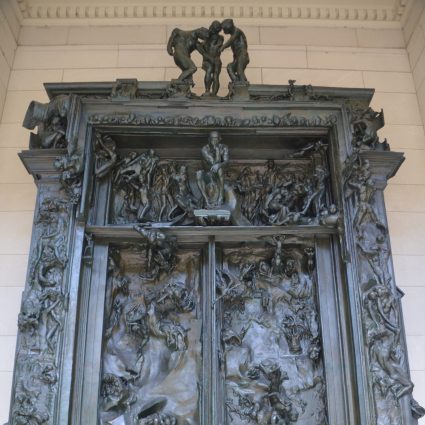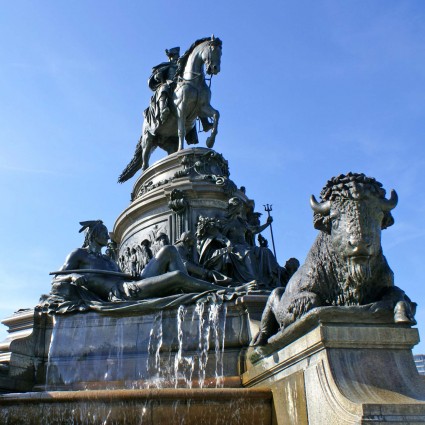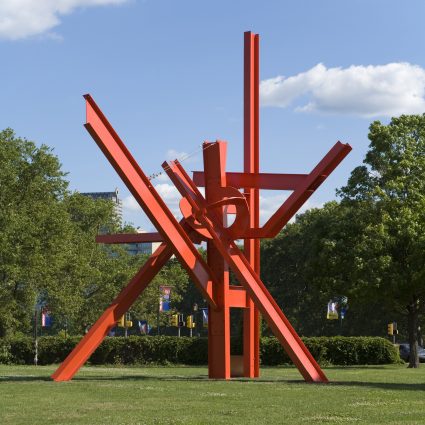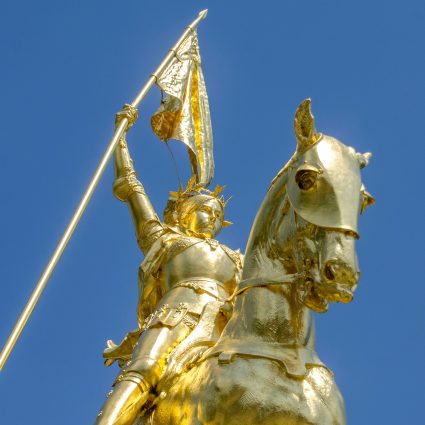At A Glance
The larger version of The Thinker was exhibited in Paris in 1904
When artist Auguste Rodin’s wife died in 1917, he had a cast of the sculpture placed on her grave
Rodin was buried at the same site a few months later
Philadelphia’s version of The Thinker is installed in front of a façade that replicates the arrangement at Rodin’s tomb
When his wife died in 1917, he had a cast of “The Thinker” placed on her grave at Meudon…
The large version of The Thinker was exhibited in Paris in 1904, to so much acclaim that funds were raised to purchase it for the city. This was a time of great social and political turmoil in France, and when the sculpture was installed in front of the Panthéon in 1906, Rodin interpreted it as a “social symbol” magnifying “the fertile thought of those humble people of the soil who are nevertheless producers of powerful energies.” In the years thereafter, it may have acquired other meanings for him as well. When his wife died in 1917, he had a cast of The Thinker placed on her grave at Meudon, in front of the ruined façade of an old chateau that Rodin had purchased and installed there. At the same site Rodin himself was buried a few months later.
Philadelphia’s Thinker is a cast of the 1902–1904 version. It was installed for the opening of the Rodin Museum in 1929, in front of a façade that replicates the one at Meudon, so that together the sculpture and façade match the arrangement at Rodin’s tomb.
Adapted from Public Art in Philadelphia by Penny Balkin Bach (Temple University Press, Philadelphia, 1992).
Voices heard in the Museum Without Walls: AUDIO program: Mark di Suvero is a renowned sculptor who was deeply influenced by the work of Rodin. Joseph J. Rishel (1940-2020) was the longtime curator of European art at the Philadelphia Museum of Art, as well as curator of the Rodin Museum. | Segment Producer: Lu Olkowski
Museum Without Walls: AUDIO is the Association for Public Art’s award-winning audio program for Philadelphia’s outdoor sculpture. Available for free by phone, mobile app, or online, the program features more than 150 voices from all walks of life – artists, educators, civic leaders, historians, and those with personal connections to the artworks.
RESOURCES
This artwork is part of the Along the Benjamin Franklin Parkway tour



